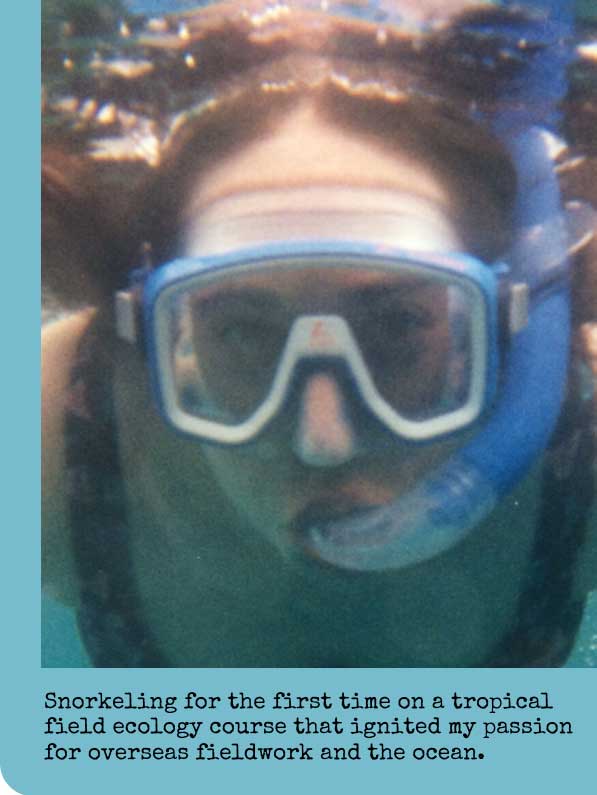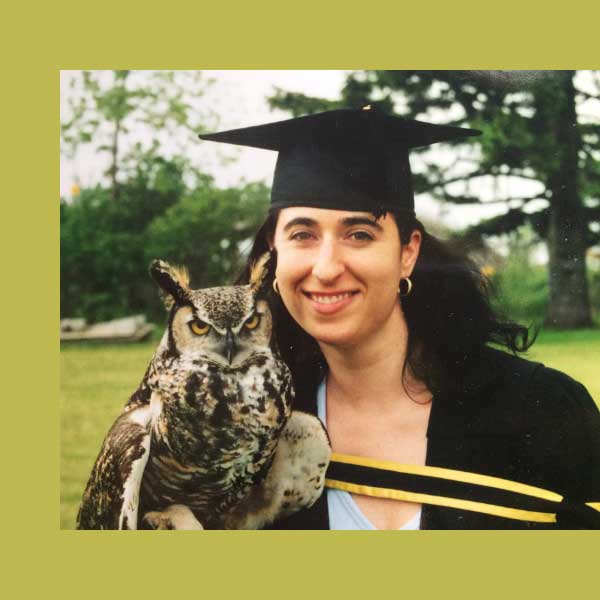Why did the bat cross the road?
Because it was trying to get from its roost to its foraging area, but we built a city and paved over its natural habitat.
A silly take on an old joke, but also truth in the urban century—it’s what motivates me to view ecology and conservation biology through an urban lens. My research aims to clarify how cities can be better stewards of biodiversity, and my teaching aims to raise awareness of the need to do so.
But this isn’t what I always wanted to do. Like most Canadian kids, I spent lots of time outdoors, but I was no Nature nut. Instead, given my knack for languages and writing, I hoped to become a translator – a path I pursued through a BA at Concordia University in Montreal.
Not that my programme was a waste of time, but I didn’t find it very stimulating. It all changed when I took an environmental-issues elective in my final year. As I learned about the environmental crisis, I knew I had to help solve it.
So, with zero post-secondary science, I started over from scratch at McGill, where I did a BSc, majoring in environmental biology.
Like my peers, I partly supported myself via summer jobs. One was to establish and run McGill’s Wildlife Hotline—a service to answer questions on wildlife and suggest effective, humane and environmentally friendly solutions to conflicts. It was the start of what would become a lifelong fascination with non-human urbanites and commitment to outreach.


For my MSc at McGill, I studied sharp-shinned hawks in southern Québec, including the first urban-ecology study of this raptor. David Bird was my supervisor and Gene Jacobs, of Linwood Springs Research Station, was the mentor who taught me to find nesting accipiters and work with them. My project generated new knowledge and allowed me to discover my love of field ecology and natural ability to handle animals.
One of the most unusual (and coolest) things I got to do was acquire a rescued great horned owl from the Owl Foundation. As this crippled male was not releasable or suited to captive breeding, he would have been euthanised. Instead, I gave him a job—a lure to capture nesting hawks. But he was totally wild. So, I named him (Stevie) and set out to tame him using kindness (a plan based on zero experience). Surprisingly, it worked (after an eight-month and painstaking process). Stevie ended up so easy to handle that he not only lured in every breeding sharp-shin that I targeted, but also was a perfect outreach bird—even happily succumbing to kids grabbing his feathers.
After convocation, I worked as a vet tech at the Montreal Bird & Exotic Animal Hospital, where I further honed my animal-handling and lab skills. Next, I held a senior role at the Armand Frappier Museum, which educates the public about health, focusing on microbiology and biotechnology. I ran its two largest programmes: group visits and summer science camps. Although I loved this job, two and a half years in, I really missed research—it was time to pursue a PhD at University of Calgary (UofC).
The effects of urbanisation on bats were my focus, Robert Barclay was my supervisor, and my PhD was a great experience. My project broke new ground as the first urban-ecology study of bats in the Prairies and the first investigation of how urban development affects bats at the population and individual levels. I attacked not only my topic, but also outreach—which Robert is deeply committed to. And I got to work as a teaching assistant. Overall, my time at UofC confirmed that I’m just as into education as research.
